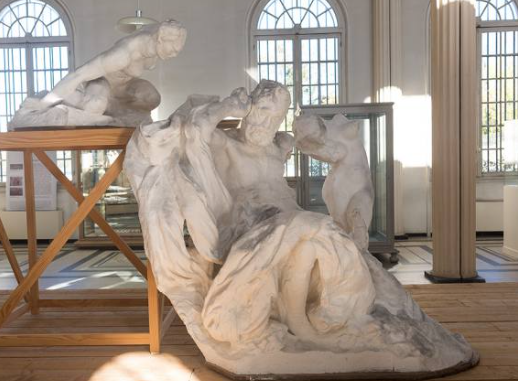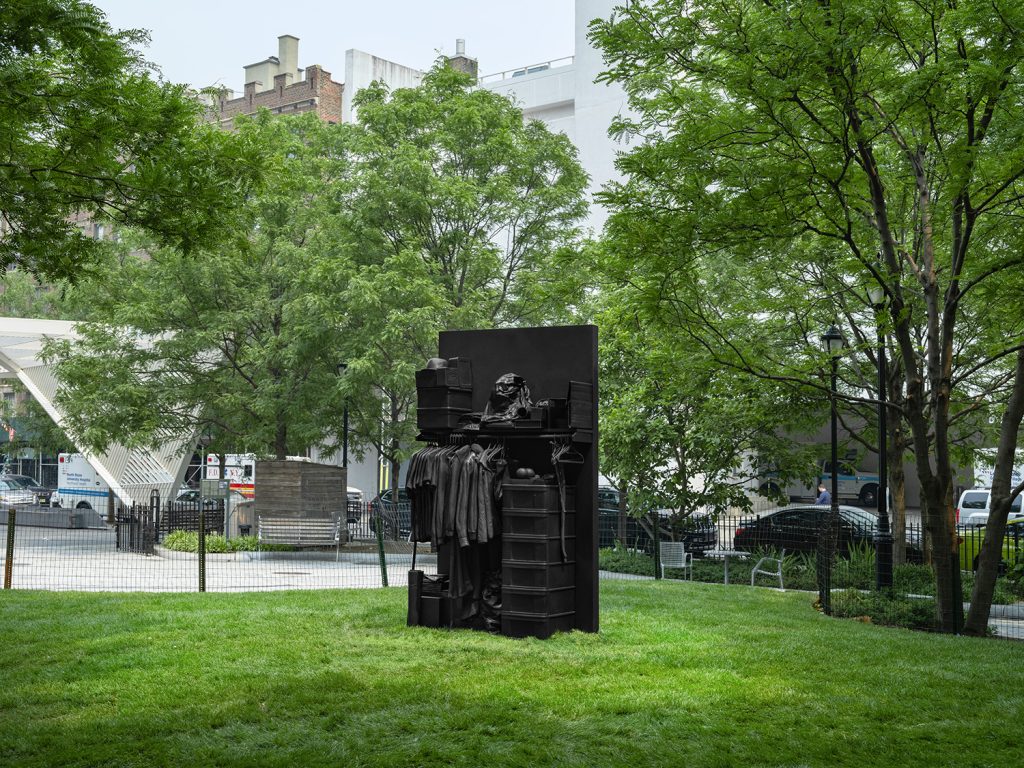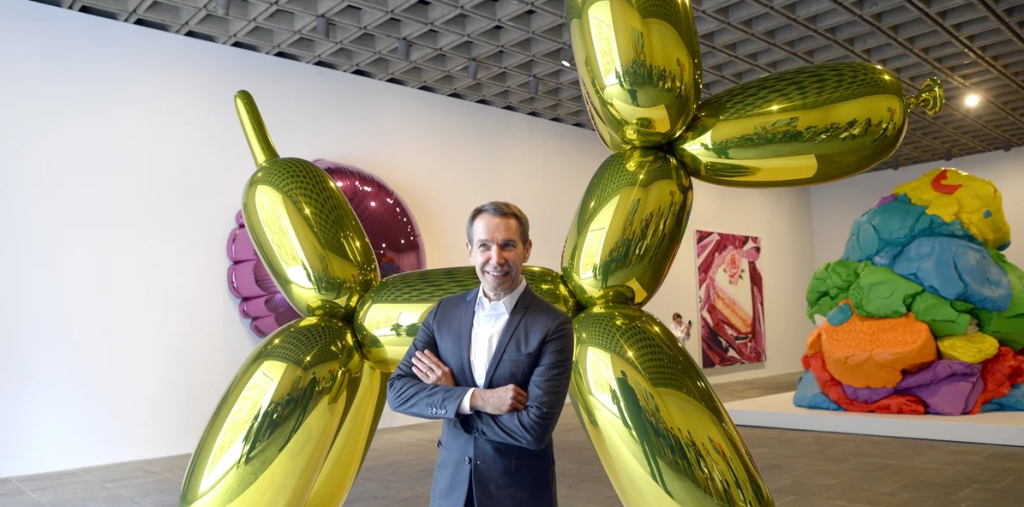Embodying Genius: Rodin’s Tribute to Victor Hugo
Rodin’s sculpture dedicated to Victor Hugo stands as a profound tribute to one of France’s most celebrated literary figures. This artwork not only reflects the deep respect Rodin held for Hugo but also showcases the artist’s unique ability to capture the essence of human emotion and intellect. Exploring this sculpture allows us to understand the intersection of literature and visual art during a dynamic period in French history.
The Significance of the Sculpture
Rodin’s tribute to Hugo, created in 1881, is more than just a representation of the writer; it symbolizes the creative spirit of an era. Victor Hugo was not just a novelist but a revolutionary thinker whose works addressed social issues, love, and the human condition. By choosing Hugo as a subject, Rodin recognized the influence of literature on society and sought to immortalize Hugo’s genius through his own artistic medium. The sculpture captures Hugo in a contemplative pose, a reflection of his philosophical mind and the emotional depth of his literary contributions.
A Unique Artistic Approach
Rodin’s approach to sculpture was groundbreaking for his time. He focused on conveying movement and emotion rather than adhering strictly to classical forms. In this tribute, the texture of the surface and the intricate details of Hugo’s face reveal a complex character. Rodin’s mastery is evident in his ability to convey the weight of Hugo’s thoughts and the struggles he faced as a thinker and a writer. The roughness of the sculpture contrasts with its thoughtful expression, emphasizing Hugo’s turbulent yet brilliant spirit.
Cultural Impact and Legacy
The impact of Rodin’s sculpture of Victor Hugo extends beyond art; it also highlights the relationship between creativity and society. This piece invites viewers to reflect on the power of words and the role of artists in shaping cultural narratives. It serves as a reminder that art and literature are intertwined, influencing one another throughout history. Today, this sculpture remains a point of interest for art enthusiasts and literature lovers alike, demonstrating the timeless legacy of both Rodin and Hugo.
In conclusion, Rodin’s sculpture of Victor Hugo is a remarkable testament to the interplay between visual art and literature. It captures the essence of Hugo’s intellect and spirit, making it a timeless piece worth exploring. If you’re interested in how art can reflect and celebrate literary achievements, consider visiting local galleries or diving into the works of both artists for a deeper appreciation of their legacies.


